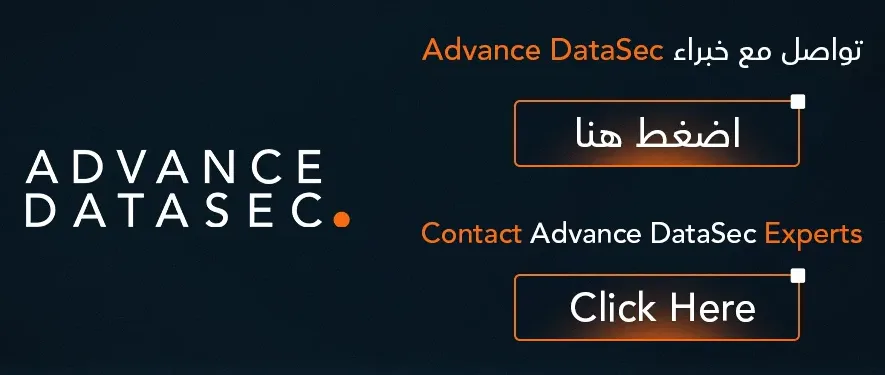In the modern digital economy, no organization operates in isolation. Businesses rely on a complex ecosystem of vendors, suppliers, contractors, and cloud service providers to function—a network that is crucial for growth but exponentially increases exposure to cyber threats. This interconnected reality means your security is only as strong as the weakest link in your supply chain. Consequently, robust third-party risk management (TPRM) has evolved from a best practice into an absolute necessity for maintaining business continuity and protecting sensitive data.
This article delves into the critical role of TPRM, exploring why securing your vendor relationships is non-negotiable, the tangible threats poor oversight poses, and the strategic steps required to build a resilient defense against supply chain attacks.
The Expanding Attack Surface: The Vendor Ecosystem
When an organization integrates a new software platform, outsources a business process, or utilizes a managed service provider (MSP), it is effectively granting that entity access to its environment, data, or intellectual property. This process creates a massive, sprawling attack surface that extends far beyond the organization’s immediate perimeter.
High-profile breaches like the SolarWinds attack and the subsequent Kaseya incident underscored a dangerous trend: attackers are increasingly targeting smaller, less-protected vendors as a stealthy entryway into their high-value clientele. These third parties, while essential, introduce inherent risks:
- Data Exposure: They may store, process, or transmit your customers’ data, financial records, or proprietary information.
- Systemic Access: They often require elevated network permissions to perform their duties.
- Security Disparity: Their cybersecurity maturity levels may not align with your own rigorous standards, creating exploitable gaps.
Ignoring these relationships is equivalent to leaving the back door of your digital fortress open. Effective third-party risk management is the foundational practice that assesses, mitigates, and continuously monitors these risks.
Pillars of Effective Third-Party Risk Management (TPRM)
A successful TPRM program is not a one-time audit; it is a lifecycle process embedded in the organizational security framework. It typically involves three primary phases:
1. Due Diligence and Onboarding
Before signing any contract, rigorous security vetting is essential. This involves classifying vendors based on the level of risk they introduce (e.g., access to critical systems vs. non-sensitive services) and tailoring the diligence process accordingly.
- Risk Classification: Assigning a criticality level (High, Medium, Low) based on data access, data volume, and service function.
- Security Assessment: Requiring vendors to complete detailed security questionnaires (e.g., based on frameworks like SIG Lite or SIG Core) and provide evidence of compliance, such as SOC 2 reports or ISO certifications.
- Right-to-Audit Clauses: Including contractual language that permits your organization to conduct on-site or virtual audits of their security posture if deemed necessary.
2. Continuous Monitoring and Assessment
The security posture of a third party can change rapidly due to mergers, staff turnover, or unpatched vulnerabilities. This mandates an ongoing monitoring approach that looks beyond the initial vetting.
- Automated Scanning: Using security rating services to continuously score a vendor’s external security posture (e.g., exposed ports, email security, patching cadence).
- Triggered Reviews: Conducting new assessments immediately following a major security incident, a change in ownership, or regulatory updates affecting the vendor.
- Performance Metrics: Regularly reviewing service level agreements (SLAs) and incident response capabilities to ensure alignment with expectations.
3. Contractual Enforcement and Off-boarding
Security requirements must be legally binding. Contracts should explicitly define security expectations, incident reporting timelines, and liability. Furthermore, the termination of a vendor relationship requires just as much scrutiny. The off-boarding process must ensure all organizational data is securely deleted or returned, and all system access is immediately revoked. Failure to do so leaves orphaned accounts that are prime targets for attackers.
The Regulatory Imperative and Compliance Burden
Beyond technical risk, the regulatory environment strongly mandates proactive third-party risk management. In jurisdictions worldwide, organizations are legally responsible for safeguarding customer and corporate data, even when that data is managed by a third party.
For organizations operating in Saudi Arabia, specific compliance frameworks like the NCA Essential Cybersecurity Controls (ECC) and the SAMA Cybersecurity Framework (CSF) place stringent demands on managing external dependencies. Compliance requirements often dictate:
- Formal, documented procedures for vendor selection and oversight.
- Mandatory inclusion of cybersecurity clauses in all vendor contracts.
- Regular (often annual) re-assessment of critical third parties.
A failure to adequately manage third-party risk management can lead to severe regulatory penalties, hefty fines, and compulsory disclosures. In this environment, effective TPRM is not just a defensive measure—it’s a fundamental part of good corporate governance.
The High Cost of Supply Chain Compromise
The decision to invest in a robust TPRM strategy can be justified simply by looking at the potential financial and reputational fallout of a breach. The costs associated with a third-party compromise are often manifold and devastating:
- Direct Financial Costs: Incident response, digital forensics, system remediation, legal fees, and regulatory fines.
- Reputational Damage: Loss of customer trust, negative media coverage, and reduced stock value. A compromise can permanently damage a company’s reputation as a trustworthy custodian of data.
- Business Interruption: Attacks that propagate through the supply chain can halt critical operations for days or weeks, leading to significant revenue loss and increased operational costs.
According to industry reports, third-party breaches take significantly longer to identify and contain compared to breaches originating internally, prolonging the impact and escalating total costs. This underscores that prevention through rigorous TPRM is vastly more cost-effective than reaction.
Implementing and Maturing Your TPRM Program
To move beyond fragmented vendor checklists and build a truly mature TPRM program, organizations should focus on integration and automation:
- Integrate with Procurement: Security must be involved from the beginning of the vendor selection process, not as an afterthought just before contract finalization.
- Prioritize Automation: Use TPRM platforms to automate questionnaire distribution, track vendor responses, and aggregate security ratings, moving away from manual spreadsheet-based tracking.
- Focus on Critical Vendors: Direct the most intensive resources, including independent audits, towards the top 10% of vendors who pose the greatest potential impact to the business.
- Establish a Governance Body: Create a cross-functional team (comprising legal, procurement, and IT security) to define the TPRM strategy, review results, and approve high-risk vendor relationships.
By establishing clear lines of accountability and leveraging technology, organizations can transform TPRM from a compliance burden into a strategic asset that secures the extended enterprise.
Conclusion
In today’s hyper-connected world, the cyber landscape is defined by collaboration and dependence. The criticality of third-party risk management cannot be overstated. It represents the crucial link between your internal cybersecurity standards and the vast, often unseen, vulnerabilities inherent in your supply chain. Organizations that proactively identify, assess, and mitigate these external risks secure their data, ensure regulatory adherence, and ultimately protect their brand integrity. A mature TPRM program is not a luxury; it is the definitive measure of a company’s commitment to securing its digital future.
To gain comprehensive visibility into your supply chain vulnerabilities and establish an ironclad third-party risk management framework tailored to local regulations like NCA and SAMA, partner with experts who understand the unique dynamics of the regional threat landscape.
Ready to transform your vendor risks into managed assets? Contact Advance Datasec today to schedule a consultation and fortify your extended enterprise.

For more Articles:







